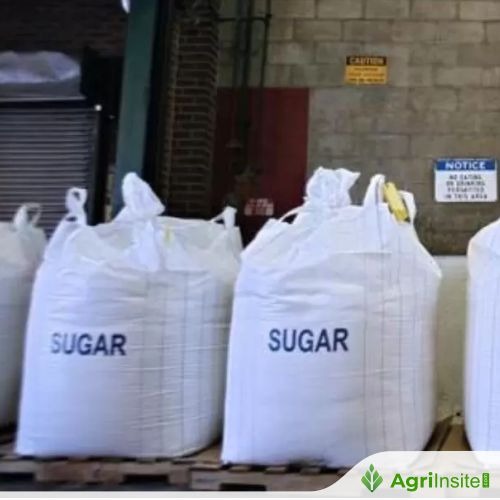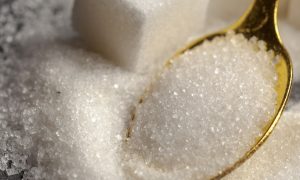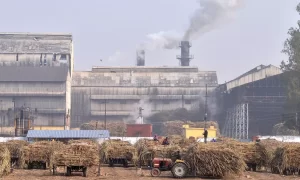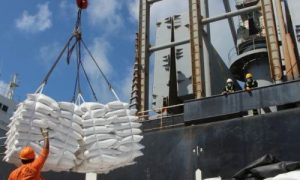Sugar market is affected by invisible mafia: Sri Lankan Deputy Trade Minister Jayawardhana

Sri Lanka’s Deputy Trade Minister R. M. Jayawardhana blamed past instability for high prices and low brown sugar output. Only 11% of sugar demand is locally met. Government efforts dropped brown sugar prices but face hoarding and sabotage. A new distribution plan and focus on sugar’s wider economic benefits are underway.
Deputy Minister of Trade, Commerce and Food Security R. M. Jayawardhana has acknowledged the ongoing crisis in brown sugar production and persistent high prices of essential goods, while outlining the government’s strategy to tackle these challenges.
In an interview with the Daily Mirror, the minister pointed to political instability before the current government took office as a key reason for the economic turmoil that led to soaring prices. He credited President Anura Kumara Dissanayake’s election and a stable government for helping to restore economic stability, citing improved exports, revenue from excise and customs, tourism, and remittances.
When pressed about measures specifically aimed at lowering the cost of basic items like rice, sugar, and milk powder, the minister explained that the government carried out a detailed study on paddy farming and realized that high production costs were discouraging farmers. “To prevent a major food shortage, we set a support price to encourage continued rice cultivation,” he said.
Sugar, he noted, presents a different issue. Only 11% of the national demand is met through domestic production. “When we took over, brown sugar was being sold at Rs.340–360 per kilo. We’ve managed to bring that down to Rs.240–260,” he said.
When questioned about the contradiction of a government focused on self-sufficiency facing a crisis in domestic sugar production, Jayawardhana pointed out that only 20% of the population uses brown sugar and that the current crisis involves unsold stocks from the Sevanagala and Pelwatte factories. “We produced about 55,000 tonnes this year, but only half of it has been sold. Ethanol stock also remains unsold. This situation existed before we came to power,” he said.
The minister alleged that some sugar is being hoarded by traders or chemically altered from white to brown sugar and sold to compete with government stocks. “There’s a coordinated attempt to undermine our efforts. We’ve even discovered sugarcane shipments contaminated with stones,” he revealed, describing the situation as sabotage.
The government has deployed teams and notified the Sugar Research Institute, Customs, and Consumer Affairs Authority to investigate. Attempts to distribute sugar through private traders were replaced with government-appointed provincial agents, but these efforts have been challenged by unfair market competition, he added.
Jayawardhana admitted that competing with market traders had proven difficult. “We’ve tried selling directly at competitive prices, but errant traders respond by flooding the market with their hoarded stocks. We’ll now shift to a new plan for releasing sugar directly from our warehouses,” he said.
Addressing concerns about the viability of allocating large tracts of land for sugarcane cultivation when it only meets a small portion of national demand, he argued that sugar production has broader economic benefits. “It’s not just about sugar. We also produce ethanol, electricity, and fertiliser. The revenue from excise and the indirect employment the industry creates cannot be ignored,” he said. He added that the presence of sugar factories such as Sevanagala has helped boost the economy of towns like Embilipitiya.
To Read more about Sugar Industry continue reading Agriinsite.com
Source : Chinimandi
















